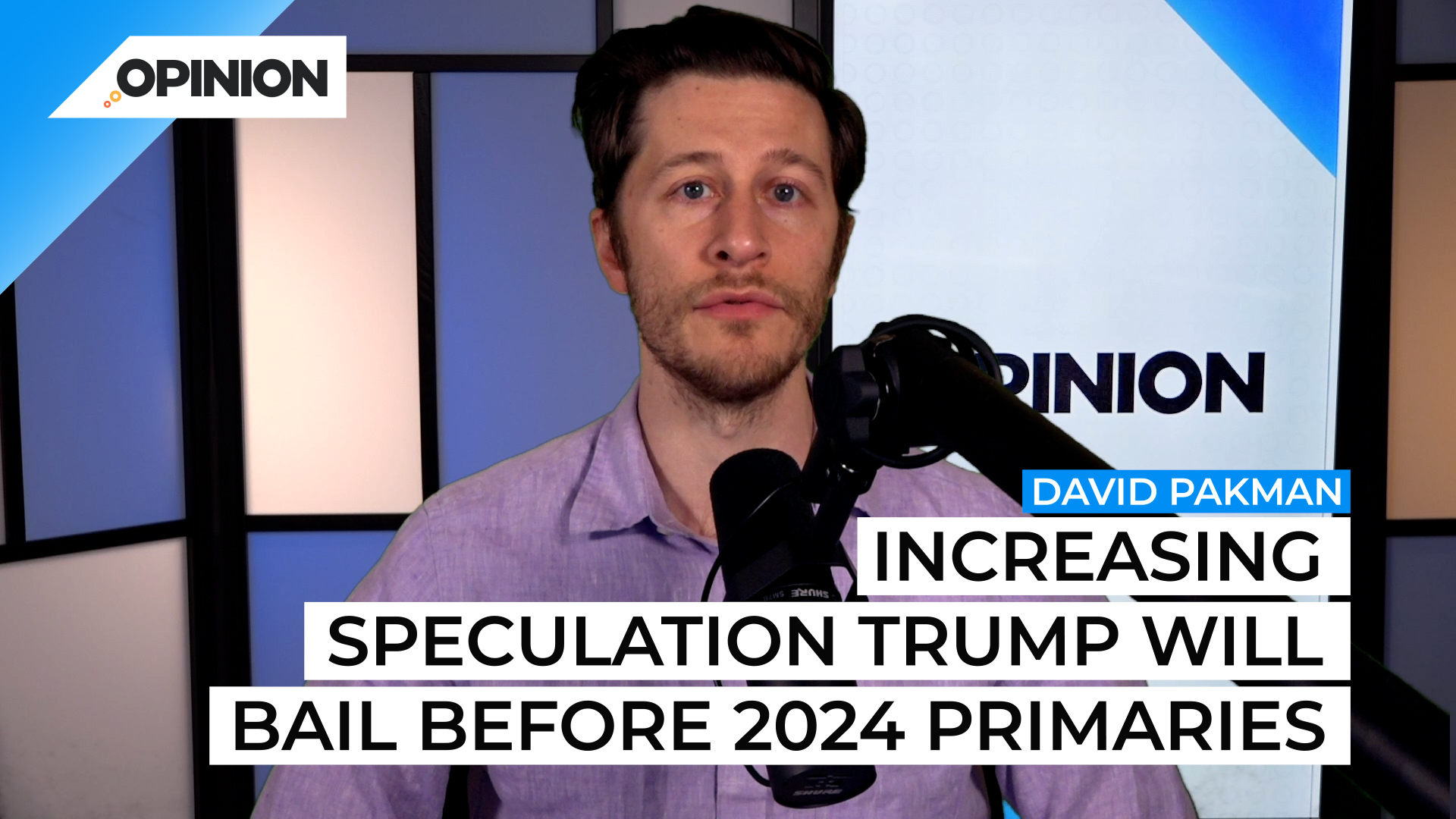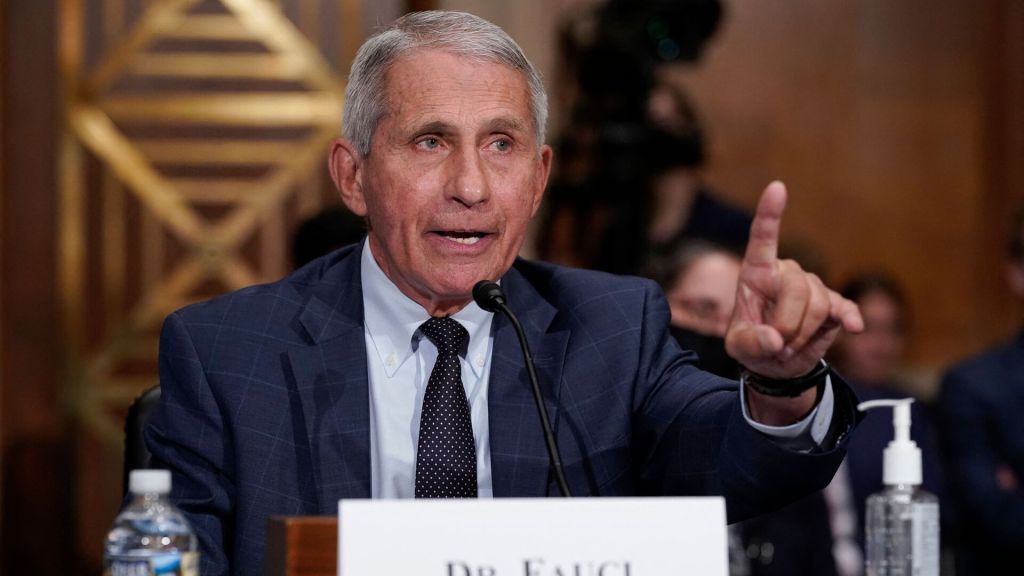
Commentary
-
Our commentary partners will help you reach your own conclusions on complex topics.
We now know that Democrats will control the US Senate in the next two year period, not 50-50, requiring Kamala Harris for every tie breaking vote, but 51 to 49. And this happens as a result of the results of the December 6 Georgia Senate runoff wherein challenging Republican candidate Herschel Walker, lost to incumbent Democratic Senator Raphael Warnock. This dates back to the November 8 midterm elections. Georgia has a 50% rule. That rule states that if no candidate gets 50% of the vote, the top two vote-getters will be in a one versus one runoff, for lack of a better term, because of a third party candidate getting about 2% of the vote. Neither Warnock nor Walker achieved that 50% margin on November 8th, so roughly one month later, on
December 6, there was a runoff and indeed, Herschel Walker lost by about a point and a half roughly. This has significant implications, and they are far reaching. Now let’s kind of go from the narrowest to the broadest implications and considerations. Narrowly, first are, what are the logistical differences for Democrats with a 51-49 majority, as compared to a 50-50 majority where Kamala Harris is a tie breaking vote? Well, there’s a number.
Number one, you don’t have to negotiate what’s called a “power-sharing arrangement” with the minority, which is the Republicans.
And that’s a really great thing, because those power-sharing arrangements often require, or they don’t require, but they end up with, for example, 50-50 splits on committees. And this creates this really slow process, where if, imagine a committee with 16 senators, eight Republicans, eight Democrats, if they tie eight to eight, then the vote, whatever they’re voting on, comes out to the full Senate, and they vote and then it’s 50-50. And then you bring in Kamala Harris, and she is the tiebreaker. Democrats still have the majority, they’ll still get the votes, but it takes so much longer. And so without having to do the power-sharing arrangement, and having a 51-49 majority rather than 50-50, most likely the committees will have one more democratic seat than the Senate. So on a 16-person committee, instead of eight, it will be nine to seven, and it eliminates this entire problem. Number two, no one Democratic Senator will have what is effectively a veto power. Veto power meaning if it’s 50-50 and Joe Manchin doesn’t like a bill, then Joe Manchin effectively can just veto by saying I won’t vote for it. There will be a two Senator veto power, but now it means you need two instead of one senator to act together in order to do that. So that’s definitely an advantage for Democrats as well. Stronger power to issue subpoenas where subpoenas will no longer need bipartisan support out of a committee in order to get issued, that’s a convenience. And if there were to be a Supreme Court vacancy, it could be easier. It could be easier. You never know until you know, well, who is the nominee and what are the kinds of circumstances. And then lastly, on issues that need 60 votes to pass, you only need to find nine Republicans to vote with you instead of 10. It’s a small difference. On many things, you’re not going to find even two Republicans to vote for you. So nine versus 10 may not make a difference. But it gets you one vote closer on a number of these different issues. So for the next two years, that’s the important takeaway. Second takeaway, what about the 2022 midterms? Does our perspective on the 2022 midterms change because the Senate will be 51-49 rather than 50-50? Not really. I mean, either way, regardless of this particular race and its outcome, Democrats lost the House and maintained control of the Senate. But there’s kind of this funny imagery of it’s a red wave in which Democrats gained seats in the Senate, doesn’t really feel like a red wave when Democrats gain seats in the Senate. So that’s definitely an interesting component to it as well in terms of like our takeaway, broadly of the outcome of the 2022 midterms.
What does this mean about MAGA and Trump for 2024? This is, Trump had a number of failed endorsements, I know Trump will tout “Oh, I won 210 or something like that.” It’s easy to run up the endorsement score by mostly endorsing incumbents and the winners of Republican primaries in very red states. Anybody can do it right? The more difficult thing is winning with endorsements in contested consequential races.
Governor of Pennsylvania where Doug Mastriano lost, Trump’s endorsee. Governor of Arizona where Kari Lake lost. Or governor of Michigan, where Tudor Dixon lost. The Senate seat in Pennsylvania where Mehmet Oz lost. All of these, Trump endorsed people. And then meanwhile, Trump barely endorsing Ron DeSantis, who’s from an arguably different wing, at least at this point of the Republican Party, and DeSantis over blows the polling and wins by 19 instead of I believe it was 11 or 12 he was expected to win by. So now there’s the question of the Trump endorsement power for 2024. And there were increasing rumors that Trump may not even make it to the primary, that if this really continues to be so ugly, and someone like DeSantis declares and continues to pull well, and it just seems guaranteed Trump’s going to lose, there is increasingly speculation that Trump will bail before the first 2024 primaries rather than suffer a defeat. Remains to be seen.
-
As trials persist, Trump will become increasingly unhinged
On Monday, April 22, former President Donald Trump is scheduled to appear in a New York court for the start of opening statements in his hush money criminal trial. Trump faces 34 felony charges of falsifying business records related to an alleged scheme aimed at suppressing negative information prior to the 2016 election. Despite this…
-
RFK’s true goal is to elect Donald Trump
When Robert F. Kennedy, Jr. announced his intention to run as a presidential candidate, many Americans assumed that he would run as a Democrat. But some of his political positions, including his opposition to vaccines and mask mandates during the COVID-19 pandemic, aligned him more with Donald Trump’s MAGA camp. In the end, Kennedy chose…
-
Courts must end special treatment for criminal Trump
A New York appeals court reduced Donald Trump’s bond payment from $464 million to $175 million on Mar. 25. The reduction came after Trump had already been allowed significant delays in numerous court cases. The former president faces a total of 91 felony criminal charges and could theoretically face a prison sentence of over seven…
-
Biden could beat Trump even without Florida
In March, former President Donald Trump easily won Florida’s GOP primary, clinching all 125 delegates. While numerous strategists saw the romp as another sign of Trump’s unwavering GOP dominance, some noted his support among the state’s Republican voters may not be as strong as before. Despite Trump’s success, other names on the ballot, such as…
-
GOP’s Biden investigation still has no evidence, no crime
In December 2023, House Republicans voted to open an impeachment inquiry into President Joe Biden to determine if he “improperly benefited” from his son’s alleged business deals. President Biden quickly fired back, stating that House Republicans were “choosing to waste time on this baseless political stunt” instead of doing their jobs. Straight Arrow News contributor…
Latest Opinions
-
 Al-Qassam Brigades
Al-Qassam Brigades
Hamas video shows American hostage, arm amputated from Oct. 7 attack
-
 Getty Images
Getty Images
Arizona House votes to repeal Civil War-era abortion ban
-
 Getty Images
Getty Images
Arizona grand jury indicts 18 in alleged 2020 fake elector scheme tied to Trump
-
 Getty Images
Getty Images
Trump to attend NY trial as US Supreme Court hears immunity case
-

Supreme Court justices split over Idaho’s abortion law
Popular Opinions
-
In addition to the facts, we believe it’s vital to hear perspectives from all sides of the political spectrum.


